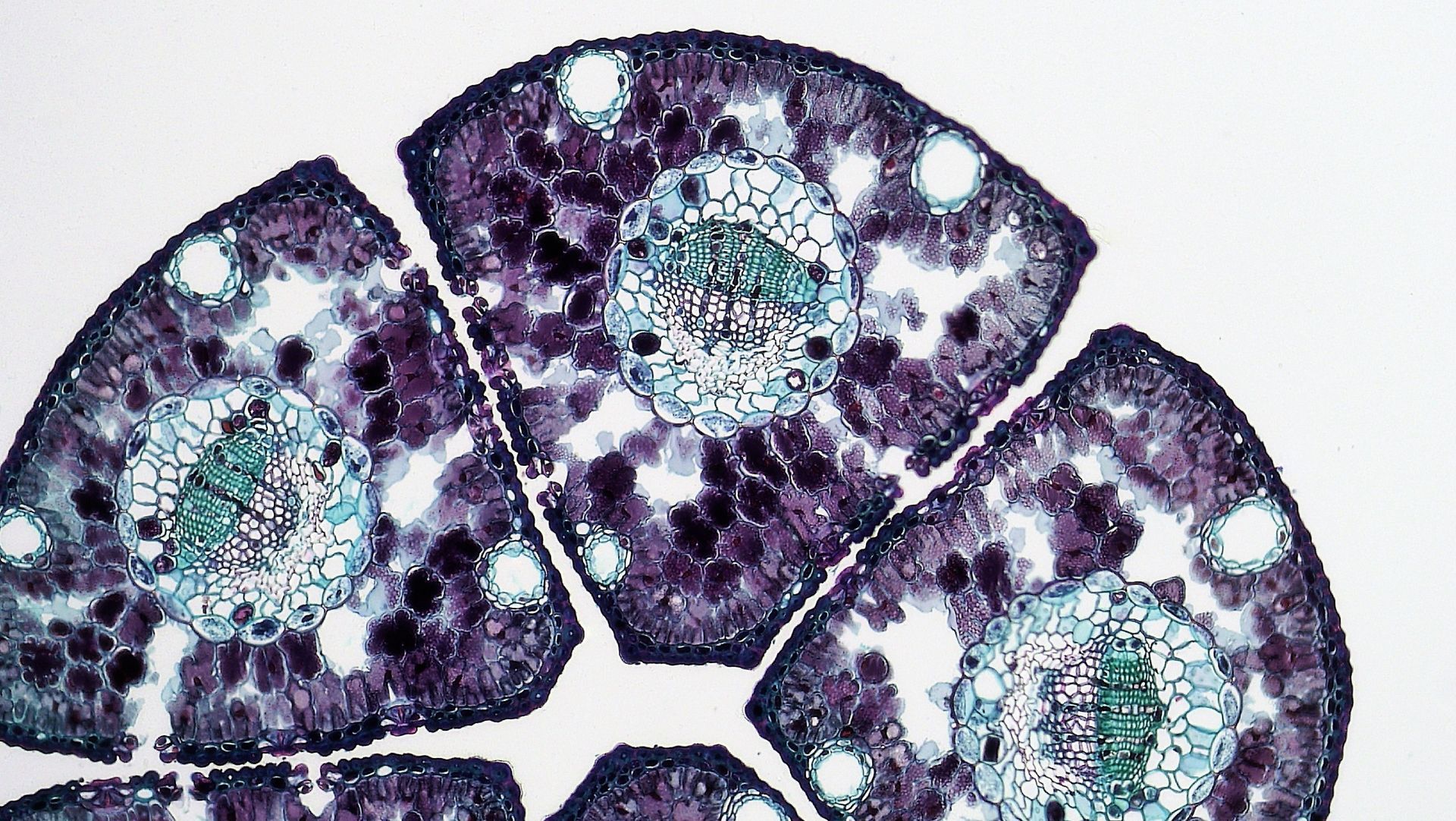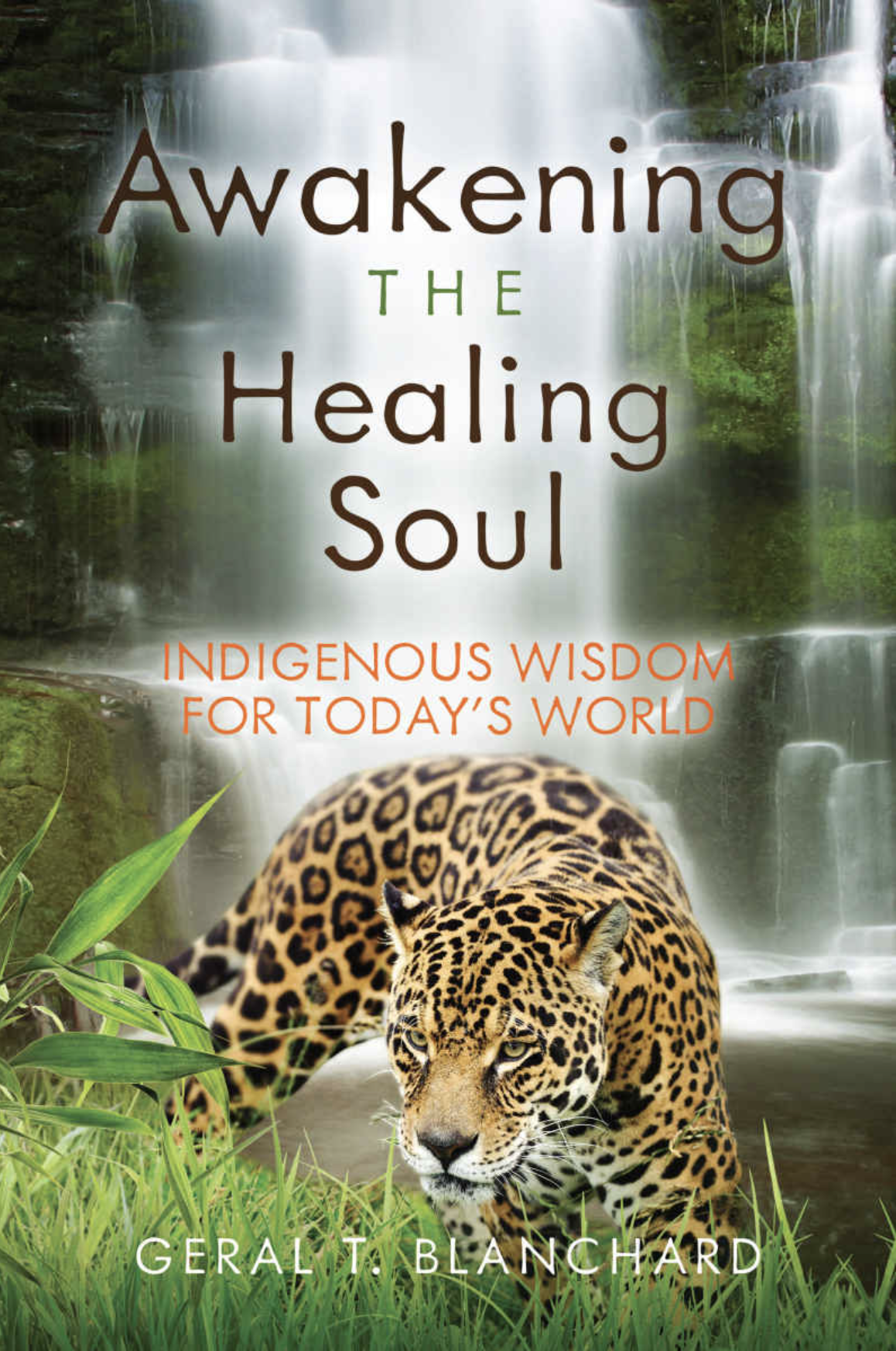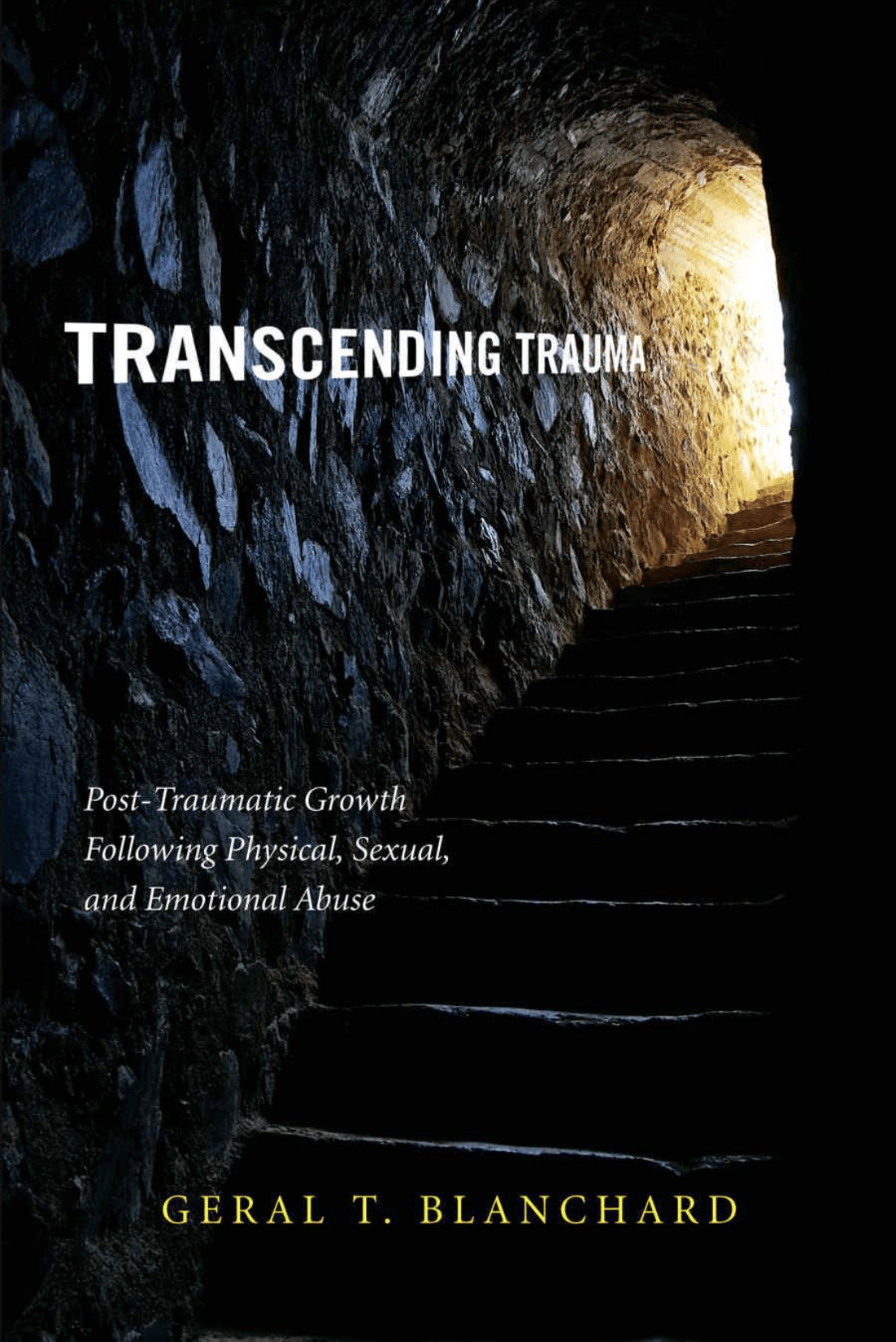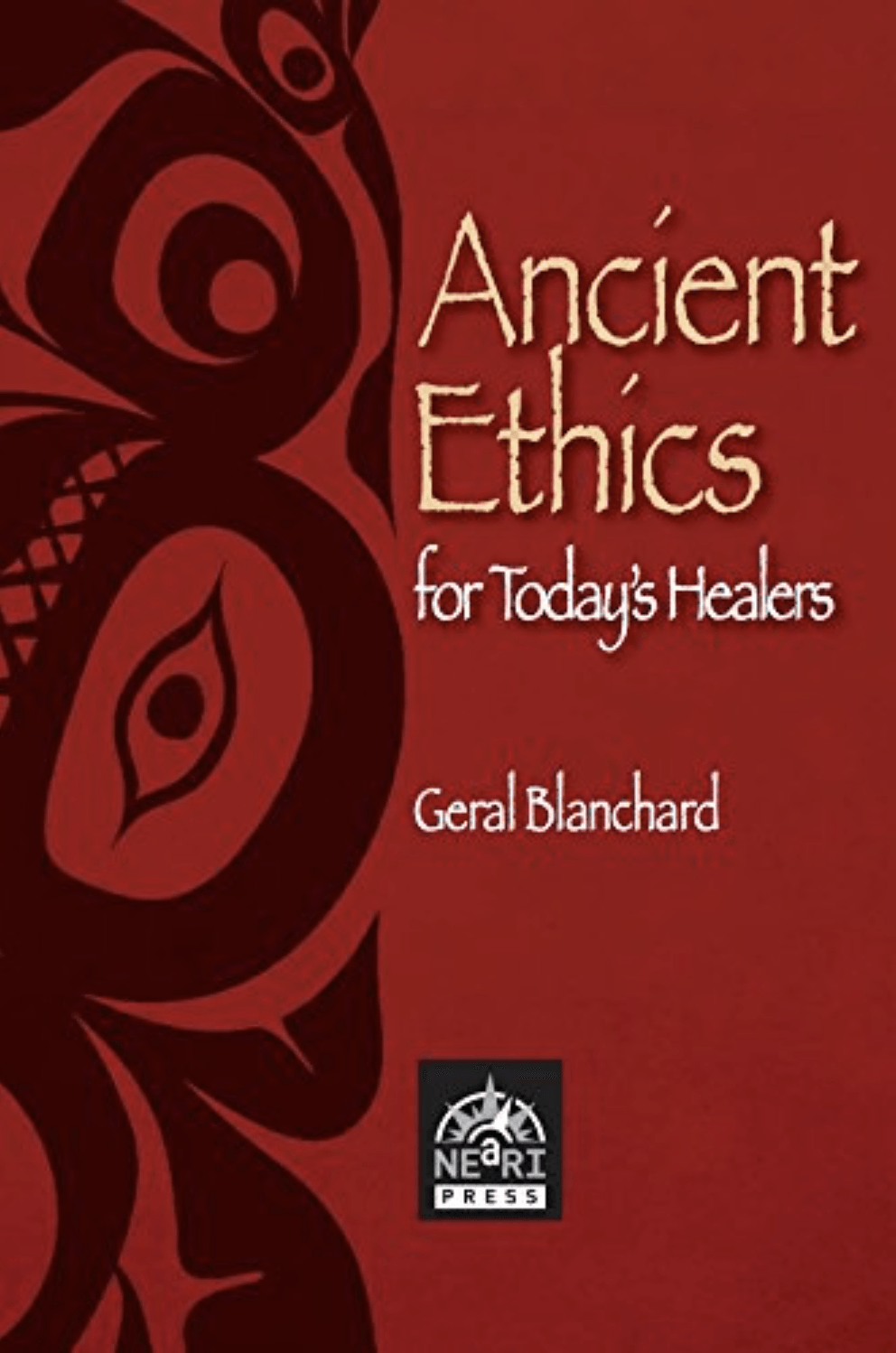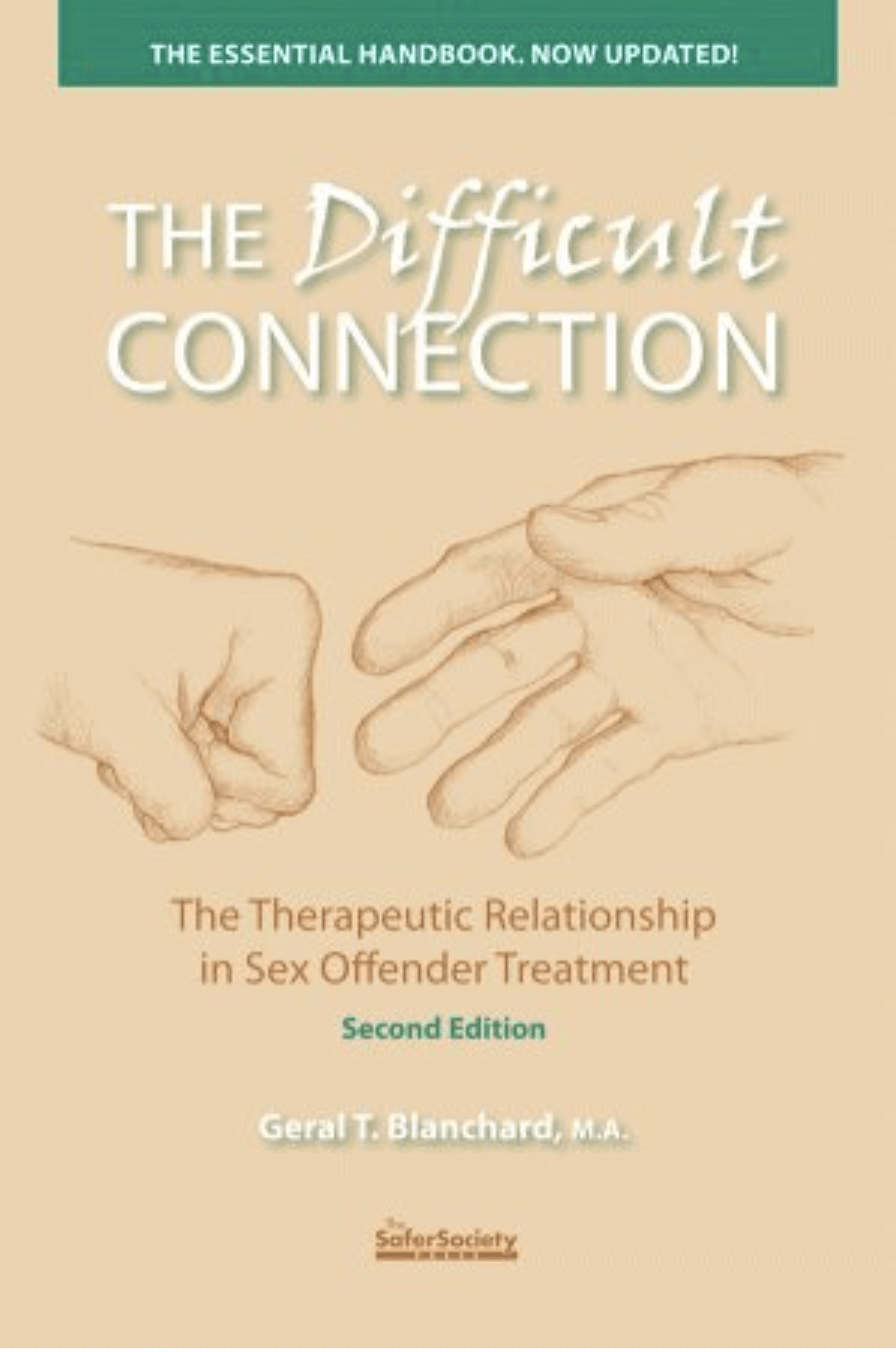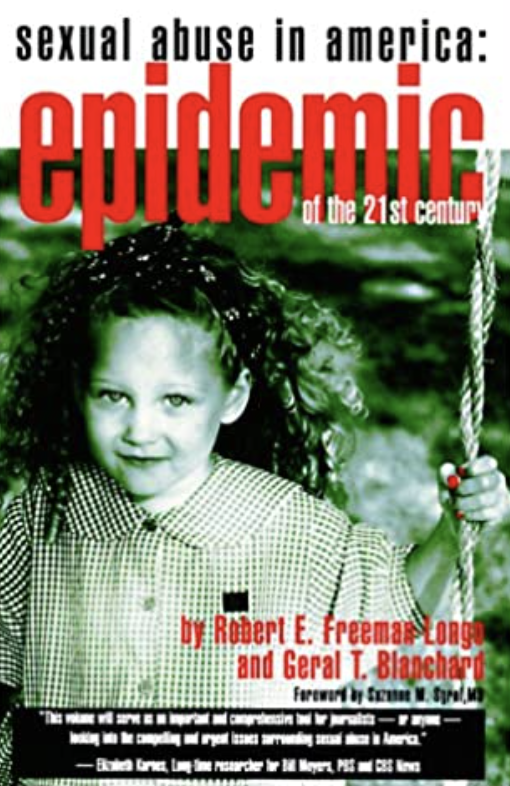Geral Blanchard, LPC, is a psychotherapist who is university trained in psychology and anthropology. Formerly of Wyoming and currently residing in Iowa, Geral travels the world in search of ancient secrets that can augment the art and science of healing. From Western neuroscience to Amazonian shamanism, he has developed an understanding of how to combine old and new healing strategies to optimize recovery, whether from psychological or physical maladies.
MDMA and Tree Rings: The Dendrochronology of Life
Traumatic experiences may represent a tiny fraction of a person’s life story. Many other things likely happened as well. It is useful to put everything that has occurred to us in proper perspective so as not to skew and darken our complete life experience.
If we over-identify with a specific time period and persistently share that narrative with friends, family, and therapists, two rather predictable issues may develop: 1) a sense of helplessness and 2) depression.
Several years ago I was forced to fell a giant white oak tree in my backyard. The majestic behemoth suffered from oak leaf wilt and could no longer sprout leaves. When I counted the rings that tallied her long life, I determined she was at least 135 years old. There were thick bands along with much narrower bands that revealed periods of normal and abundant moisture, life enhancing periods that were contrasted by strained times of drought. Interestingly, I was able to locate a time -- only a decade before her passing -- that seemed to coincide with a massive flood in the area.
So the old oak’s story was long and variegated -- multi-colored if you will -- that preceded my arrival on the planet by many decades. As with humans, not every year, or every decade, is the same as the one before. How a person’s perspective of life events is described may be like a woven tapestry of colors, or it may reflect one continuously dark experience, an extended dark night of the soul. No clear pattern may be evident except, perhaps, for how we choose to tell the story. Of course, we would never deceive ourselves, would we? But if it is our personally crafted narrative, and further if the telling is not carefully scrutinized, we may wrongly assume it to be accurate; quite assuredly the result being self-inflicted suffering.
Psychotherapist Byron Katie has written about the natural human habit of believing most every thought, and nearly every word, that emerges from our mind. It’s all regarded as truth, particularly if we have repeated the same ideas and narratives for years and had it validated by well-intentioned therapists. She warns us, however, “When you argue with reality you lose, but only 100 percent of the time.” And in her cryptic manner, she added (paraphrased), “I love what I think, but rarely am I tempted to believe it.”
Certainly I’m not suggesting that we challenge the core reality of our traumatization. Nor am I saying it wasn’t a difficult time in our life. But memories can change with each re-telling and the stories can become confabulated, in other words, distorted and somewhat inaccurate with the passage of time. They can also develop a long shelf life. We owe ourselves better if healing is to occur.
**********
Comparing trees to humans can be useful. Patrice Bouchardon, writing in her book The Healing Energy of Trees, has compared the life experience of a tree to a human life in five ways:
1) An emotion is always triggered by an event or experience which seems to be the reason why we feel as we do. In fact, the true reason, the root cause of our sensitivity, is out of sight resting in the unconscious, just as tree roots are hidden the earth.
2) In any given situation that prompts an emotional response, we tend to react in the same way. This habit of reaction becomes the trunk of our behavioral pattern, the inflexible core story of our existence.
3) Driven by our feelings, we come up against the need to make a choice and branches may split off.
4) If we carry through with the idea of our life being fertilized by often malodorous pain, we may bear fruit just as a tree does. It can turn out as sour or sweet.
5) After a while, with wounds being ignored or suppressed, or thinking the problems are gone or even solved, they can surprisingly reappear. They may resurface in a different guise, but are recognized and explained as the same ole thing. Similarly, the many acorns shed from an oak tree during a drought may lie underground for a time, out of sight and momentarily forgotten, but later they assuredly reappear in the form of a new life, first remembering and then re-membering a resumption of the bigness that still awaits. The oak may not be an exact copy of the original version, but a close relative. It may survive, or even thrive, thereafter.
Bouchardon asks us to consider during which periods in our life we have evolved the most. What situations provoked the most change, whether times of emotional drought or times of love aplenty? Times of interpersonal harm, or times of nurturance?
Sometimes, following a drought, the next year’s copious rainfall erases harmful remnants of the past. And sometimes after trauma we have a growth spurt, perhaps arising as an inner surge spawned by an MDMA treatment. Our seed of life and growth is activated once again.
We pave over an old, negative, life-changing, and unforeseen trauma with a positive trauma -- namely a planned, powerful, even bewildering, life-enhancing event.
Bouchardon says: “It is all too easy to think being sick is the opposite of being well – that we are either in one state or the other, either in a crisis or everything is fine. If we remain stuck in this polarized attitude we miss out on learning all that an illness or problem can teach us about our own personal growth [potential] and enlarging our repertoire of behavior. Realizing that an illness follows a specific sequence helps us out of this trap.” The worldly problems we encounter can lead us to a deeper encounter with ourselves, the potential concealed within us.
Analogously, Bouchardon goes on, “If you wish to discover trees by touch, you must first close your eyes.” Similarly, if we want to discover our core, soul, or life force we must first blindfold our eyes and look inward. She adds, “Approaching life in this way means being less obsessed by the [outward] circumstances of our problems and more free to look at which of our life tasks we are being challenged to work on.”
Each tree, like each human being, has an energy field that extends beyond its physical container. Since a tree has none of the distortions and fluctuations like the human ego can produce, its energy pattern is more constant -- more consistent than ours. As with humans, there remains a “still, small voice within” like the tree’s consciousness that reminds itself to “keep growing.” And a tree’s indomitable spirit always seems determined to sprout and extend its branches. Similarly, the human brain, upon undergoing a medicinal empathogen treatment, extends its neuronal branches called dendrites. They allow for a more accurate way of processing new insights and information, a fresh way of narrating a life story, one that is filled with both a history of terror and an eventual outcome of exuberance.
“Observe closely in what part of your body you hear a particular sound. You will come to realize that you can hear through places other than your ears, which turns our accepted ideas upside down but opens a gateway into new realms of understanding the world we live in.” Patrice Bouchardon in
The Healing Energies of Trees.
*********
Other Topics
Basics of MDMA
Rituals and Ceremony
Brain and MDMA
Trauma
Heart
Energy Movement
Quantum Physics
Native Cosmologies
Nature
Spirituality/Enlightenment
Kogi Tribe
Books written by Geral T. Blanchard
More Articles







